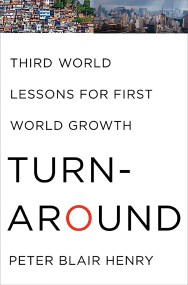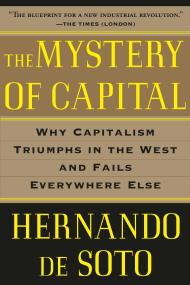Promotion
25% off sitewide. Make sure to order by 11:59am, 12/12 for holiday delivery! Code BEST25 automatically applied at checkout!
By clicking “Accept,” you agree to the use of cookies and similar technologies on your device as set forth in our Cookie Policy and our Privacy Policy. Please note that certain cookies are essential for this website to function properly and do not require user consent to be deployed.
Getting Better
Why Global Development Is Succeeding--And How We Can Improve the World Even More
Contributors
Formats and Prices
- On Sale
- Dec 4, 2012
- Page Count
- 272 pages
- Publisher
- Basic Books
- ISBN-13
- 9780465031030
Price
$19.99Price
$25.99 CADFormat
Format:
- Trade Paperback $19.99 $25.99 CAD
- ebook $11.99 $15.99 CAD
This item is a preorder. Your payment method will be charged immediately, and the product is expected to ship on or around December 4, 2012. This date is subject to change due to shipping delays beyond our control.
Buy from Other Retailers:
Kenny shows how the spread of cheap technologies, such as vaccines and bed nets, and ideas, such as political rights, has transformed the world. He also shows that by understanding this transformation, we can make the world an even better place to live.
That’s not to say that life is grand for everyone, or that we don’t have a long way to go. But improvements have spread far, and, according to Kenny, they can spread even further.
Newsletter Signup
By clicking ‘Sign Up,’ I acknowledge that I have read and agree to Hachette Book Group’s Privacy Policy and Terms of Use






